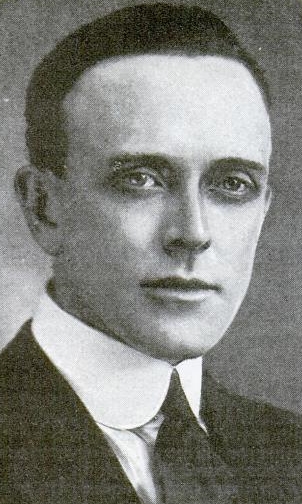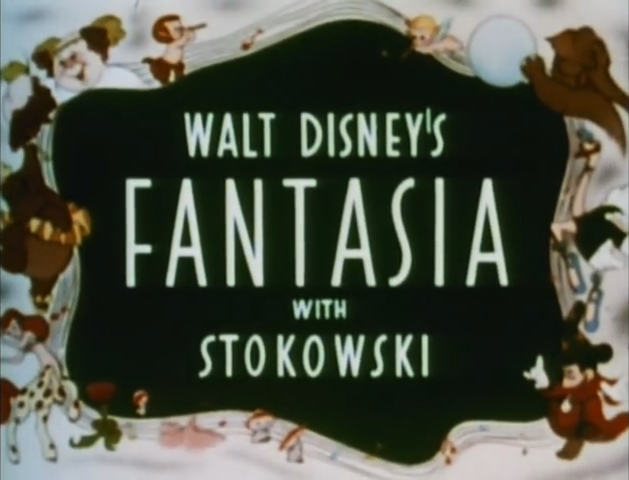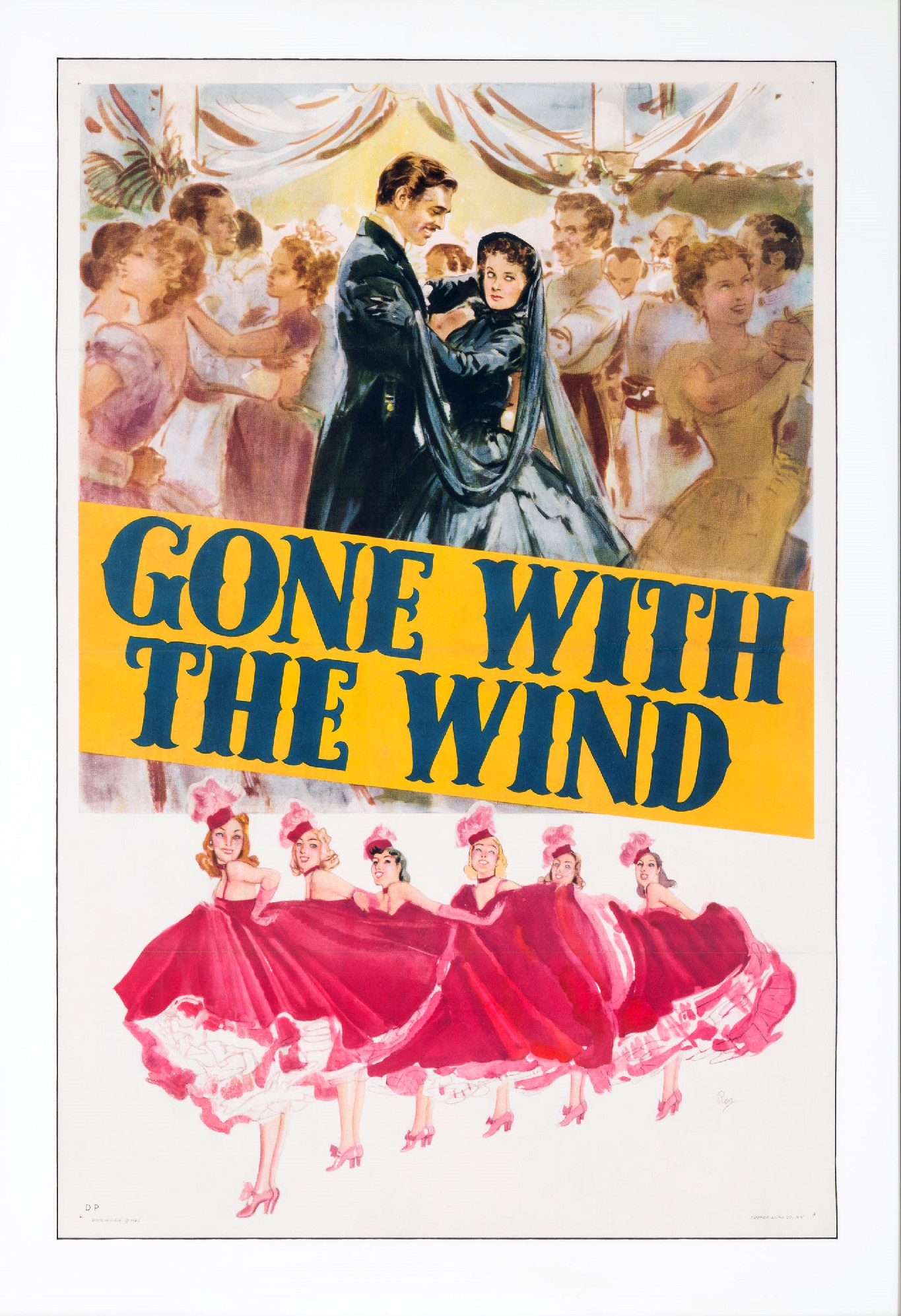|
Technicolor
Technicolor is a series of Color motion picture film, color motion picture processes, the first version dating back to 1916, and followed by improved versions over several decades. Definitive Technicolor movies using three black and white films running through a special camera (3-strip Technicolor or Process 4) started in the early 1930s and continued through to the mid-1950s when the 3-strip camera was replaced by a standard camera loaded with single strip 'monopack' color negative film. Technicolor Laboratories were still able to produce Technicolor prints by creating three black and white matrices from the Eastmancolor negative (Process 5). Process 4 was the second major color process, after Britain's Kinemacolor (used between 1908 and 1914), and the most widely used color process in Cinema of the United States, Hollywood during the Golden Age of Hollywood. Technicolor's #Process 4: Development and introduction, three-color process became known and celebrated for its highly s ... [...More Info...] [...Related Items...] OR: [Wikipedia] [Google] [Baidu] |
Color Motion Picture Film
Color motion picture film refers both to unexposed color photographic film in a format suitable for use in a motion picture camera, and to finished motion picture film, ready for use in a projector, which bears images in color. The first color cinematography was by additive color systems such as the one patented by Edward Raymond Turner in 1899 and tested in 1902. A simplified additive system was successfully commercialized in 1909 as Kinemacolor. These early systems used black-and-white film to photograph and project two or more component images through different color filters. During 1930s the first practical subtractive color processes were introduced. These also used black-and-white film to photograph multiple color-filtered source images, but the final product was a multicolored print that did not require special projection equipment. Before 1932, when three-strip Technicolor was introduced, commercialized subtractive processes used only two color components and could repr ... [...More Info...] [...Related Items...] OR: [Wikipedia] [Google] [Baidu] |
The Wizard Of Oz (1939 Film)
''The Wizard of Oz'' is a 1939 American Musical film, musical fantasy film produced by Metro-Goldwyn-Mayer (MGM). An adaptation of L. Frank Baum's 1900 children's fantasy novel ''The Wonderful Wizard of Oz'', the film was primarily directed by Victor Fleming (who left the production to take over the troubled ''Gone with the Wind (film), Gone with the Wind''), and stars Judy Garland, Frank Morgan, Ray Bolger, Bert Lahr, Jack Haley, Billie Burke and Margaret Hamilton (actress), Margaret Hamilton. Noel Langley, Florence Ryerson, and Edgar Allan Woolf received credit for the screenplay, but others made uncredited contributions. The music was composed by Harold Arlen and adapted by Herbert Stothart, with the lyrics written by Yip Harburg, Edgar "Yip" Harburg. Characterized by its use of Technicolor, fantasy storytelling, musical score, and memorable characters, the film was considered a critical success and was nominated for six Academy Awards, including Academy Award for Best Pictur ... [...More Info...] [...Related Items...] OR: [Wikipedia] [Google] [Baidu] |
Herbert Kalmus
Herbert Thomas Kalmus (November 9, 1881 – July 11, 1963) was an American scientist and engineer who played a significant role in developing color motion picture film. Kalmus was the co-founder and president of the Technicolor Motion Picture Corporation. Biography Kalmus received a bachelor's degree from the Massachusetts Institute of Technology in 1904; the "Tech" in Technicolor is partly a tribute to that school. He earned his doctorate at the University of Zurich and was a research associate at MIT from 1908 to 1910 before teaching physics, electrochemistry and metallurgy at Queen's University, Kingston, Ontario, Canada. He was also a director of research for the Canadian government's electro-chemical laboratory. On July 23, 1902, Kalmus married Natalie (''née'' Dunfee or Dunphy) Kalmus, who became the color coordinator for nearly every live-action Technicolor feature released from 1934 to 1949. Although they divorced in 1922 after twenty years of marriage, they continued ... [...More Info...] [...Related Items...] OR: [Wikipedia] [Google] [Baidu] |
Dye-transfer Process
Dye transfer is a continuous-tone color photographic printing process. It was used to print Technicolor films, as well as to produce paper colour prints used in advertising, or large transparencies for display. History The use of dye imbibition for making full-color prints from a set of black-and-white photographs taken through different color filters was first proposed and patented by Charles Cros in 1880.Pénichon, Sylvie (2013). "Twentieth-Century Color Photographs: Identification and Care". The Getty Conservation Institute, Los Angeles. pp. 127-131. It was commercialized by Edward Sanger-Shepherd, who in 1900 was marketing kits for making color prints on paper and slides for projection. Imbibition printing was initially in monochrome. The basic underlying principle is that bichromate development of a silver gelatine photographic emulsion (not strictly a real chemical emulsion) results in the gelatine being differentially tanned or hardened in proportion to the exposure recei ... [...More Info...] [...Related Items...] OR: [Wikipedia] [Google] [Baidu] |
The Adventures Of Robin Hood (film)
''The Adventures of Robin Hood'' is a 1938 American Technicolor swashbuckler film from Warner Bros. Pictures. It was produced by Hal B. Wallis and Henry Blanke, directed by Michael Curtiz and William Keighley, and stars Errol Flynn, Olivia de Havilland, Basil Rathbone, Claude Rains, Patric Knowles, Eugene Pallette, and Alan Hale, Sr. The film is particularly noted for its Academy Award-winning score by Erich Wolfgang Korngold. The film was written by Norman Reilly Raine and Seton I. Miller. The storyline depicts the legendary Saxon knight Robin Hood, who in King Richard the Lionheart's absence in the Holy Land during the Crusades, fights back as the outlaw leader of a rebel guerrilla band against Prince John and the Norman lords oppressing the Saxon commoners. ''The Adventures of Robin Hood'' has been acclaimed by critics since its release. In 1995, the film was deemed "culturally, historically, or aesthetically significant" by the United States Library of Congress and selecte ... [...More Info...] [...Related Items...] OR: [Wikipedia] [Google] [Baidu] |
Niagara (1953 Film)
''Niagara'' is a 1953 American film-noir thriller film directed by Henry Hathaway, produced by Charles Brackett, and written by Brackett, Richard L. Breen and Walter Reisch. The film stars Marilyn Monroe, Joseph Cotten, Jean Peters, and Max Showalter (credited as Casey Adams). It was one of 20th Century Fox's biggest box-office hits that year. Unlike other films noir of the time, which were typically black-and-white, ''Niagara'' was filmed in "three-strip" Technicolor ( one of the last films to be made at Fox in that format, as a few months later Fox began converting to CinemaScope, which had compatibility problems with three-strip but not with Eastmancolor). Monroe was given top billing in ''Niagara'', which elevated her to star status. Her next two films, '' Gentlemen Prefer Blondes'' (1953) and ''How to Marry a Millionaire'' (1953), were even bigger successes. Plot Ray and Polly Cutler, on a delayed honeymoon at Niagara Falls, find their reserved cabin occupied by George an ... [...More Info...] [...Related Items...] OR: [Wikipedia] [Google] [Baidu] |
Leave Her To Heaven
''Leave Her to Heaven'' is a 1945 American psychological thriller film noir melodrama directed by John M. Stahl and starring Gene Tierney, Cornel Wilde, Jeanne Crain, and Vincent Price. It follows a socialite who marries a prominent novelist, which spurs a violent, obsessive, and dangerous jealousy in her. It is based on the 1944 novel of same name by Ben Ames Williams, adapted by screenwriter Jo Swerling. Shot in Technicolor, filming took place in several locations in California, as well as Arizona and New Mexico in the summer of 1945. ''Leave Her to Heaven'' was released in the United States theatrically on December 20, 1945. The film was a box-office hit, grossing over $8 million, and was Twentieth Century-Fox's highest-grossing film of the entire decade. In the decades following its release, ''Leave Her to Heaven'' garnered a cult following and has been the subject of film criticism for its unique blurring of genres, featuring elements of film noir, psychological thrillers, ... [...More Info...] [...Related Items...] OR: [Wikipedia] [Google] [Baidu] |
Daniel Frost Comstock
Daniel Frost Comstock ; (August 14, 1883 – March 2, 1970) was an American physicist and engineer. Biography Comstock attained a B.S. from the Massachusetts Institute of Technology in 1904. He also studied in Berlin, Zürich, and Basel, where he attained his Ph.D. in 1906. At the University of Cambridge (1906–1907) he studied under J. J. Thomson. Beginning in 1904 he was a member of the faculty at MIT in theoretical physics (assistant professor 1910–1915; associate professor 1915–1917). Comstock is most well known as the co-founder of the company Kalmus, Comstock & Westcott, and of Technicolor Motion Picture Corporation, which developed the second major color film process, after Britain's Kinemacolor, and the most widely used color motion picture process in Hollywood from 1922 to 1952.Tom Huntington, AmericanHeritageFROM BLACK & WHITE TO TECHNICOLOR Comstock also published some theoretical papers in the fields of electrodynamics (1908), special relativity (1910a) (see Hi ... [...More Info...] [...Related Items...] OR: [Wikipedia] [Google] [Baidu] |
Gulliver's Travels (1939 Film)
''Gulliver's Travels'' is a 1939 American cel-animated Technicolor musical film produced by Max Fleischer and directed by Dave Fleischer for Fleischer Studios. Released to cinemas in the United States on December 22, 1939, by Paramount Pictures, the story is a very loose adaptation of Jonathan Swift's 1726 novel of the same name, specifically only the first part of four, which tells the story of Lilliput and Blefuscu, and centers around an explorer who helps a small kingdom who declared war after an argument over a wedding song. The film was Fleischer Studios' first feature-length animated film, as well as the second animated feature film produced by an American studio after Walt Disney Productions' ''Snow White and the Seven Dwarfs'', as Paramount had commissioned the feature in response to the success of that film. The sequences for the film were directed by Seymour Kneitel, Willard Bowsky, Tom Palmer, Grim Natwick, William Henning, Roland Crandall, Thomas Johnson, Robert Le ... [...More Info...] [...Related Items...] OR: [Wikipedia] [Google] [Baidu] |
Fantasia (1940 Film)
''Fantasia'' is a 1940 American animated musical anthology film produced and released by Walt Disney Productions, with story direction by Joe Grant and Dick Huemer and production supervision by Walt Disney and Ben Sharpsteen. The third Disney animated feature film, it consists of eight animated segments set to pieces of classical music conducted by Leopold Stokowski, seven of which are performed by the Philadelphia Orchestra. Music critic and composer Deems Taylor acts as the film's Master of Ceremonies who introduces each segment in live action. Disney settled on the film's concept in 1938 as work neared completion on ''The Sorcerer's Apprentice'', originally an elaborate '' Silly Symphony'' cartoon designed as a comeback role for Mickey Mouse, who had declined in popularity. As production costs surpassed what the short could earn, Disney decided to include it in a feature-length film of multiple segments set to classical pieces with Stokowski and Taylor as collaborators ... [...More Info...] [...Related Items...] OR: [Wikipedia] [Google] [Baidu] |
Gone With The Wind (film)
''Gone with the Wind'' is a 1939 American epic historical romance film adapted from the 1936 novel by Margaret Mitchell. The film was produced by David O. Selznick of Selznick International Pictures and directed by Victor Fleming. Set in the American South against the backdrop of the American Civil War and the Reconstruction era, the film tells the story of Scarlett O'Hara ( Vivien Leigh), the strong-willed daughter of a Georgia plantation owner, following her romantic pursuit of Ashley Wilkes (Leslie Howard), who is married to his cousin, Melanie Hamilton (Olivia de Havilland), and her subsequent marriage to Rhett Butler (Clark Gable). The film had a troubled production. The start of filming was delayed for two years until January 1939 because of Selznick's determination to secure Gable for the role of Rhett. The role of Scarlett was difficult to cast, and 1,400 unknown women were interviewed for the part. The original screenplay by Sidney Howard underwent many revisions ... [...More Info...] [...Related Items...] OR: [Wikipedia] [Google] [Baidu] |
Eastmancolor
Eastmancolor is a trade name used by Eastman Kodak for a number of related film and processing technologies associated with color motion picture production and referring to George Eastman, founder of Kodak. Eastmancolor, introduced in 1950, was one of the first widely successful "single-strip colour" processes, and eventually displaced the more cumbersome Technicolor. Eastmancolor was known by a variety of names such as DeLuxe Color, Warnercolor, Metrocolor, Pathécolor, Columbiacolor, and others. For more information on Eastmancolor, see * Eastman Color Negative (ECN, ECN-1 and ECN-2), the photographic processing systems associated with Eastmancolor negative motion picture stock, and intermediate motion picture stocks (including interpositive and internegative stocks) * Eastman Color Positive (ECP, ECP-1 and ECP-2), the photographic processing systems associated with Eastmancolor positive print motion picture stock for direct projection * Color motion picture film, for background ... [...More Info...] [...Related Items...] OR: [Wikipedia] [Google] [Baidu] |






